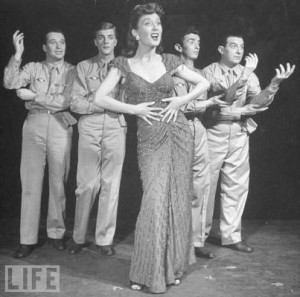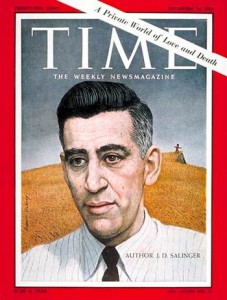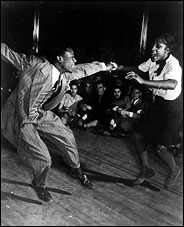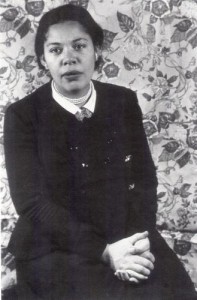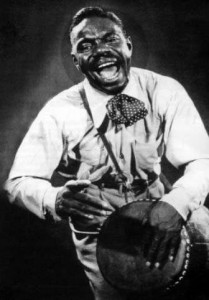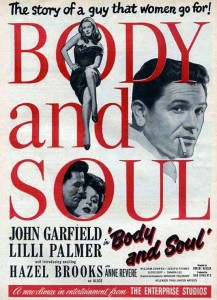
- The Weavers at Carnegie Hall in 1948 (Getty Images)
Today, the New York Times runs a book review of a new biography of the remarkable and strange Alan Lomax–the son of the pioneering folklorist John Lomax and himself a man responsible for recording thousands and thousands of hours of folk music from the U.S. and around the globe. Working first with his father and then independently, Alan Lomax was responsible for introducing a great deal of folk music and many artists–most famously Leadbelly–to popular audiences. As the review suggests, he was a bit of an obsessive.
Lomax’s life and work makes for a fascinating story. It’s a reminder, too, of the very interesting phenomenon of the folk music revival that began in New York City in the 1940s.
Read more
